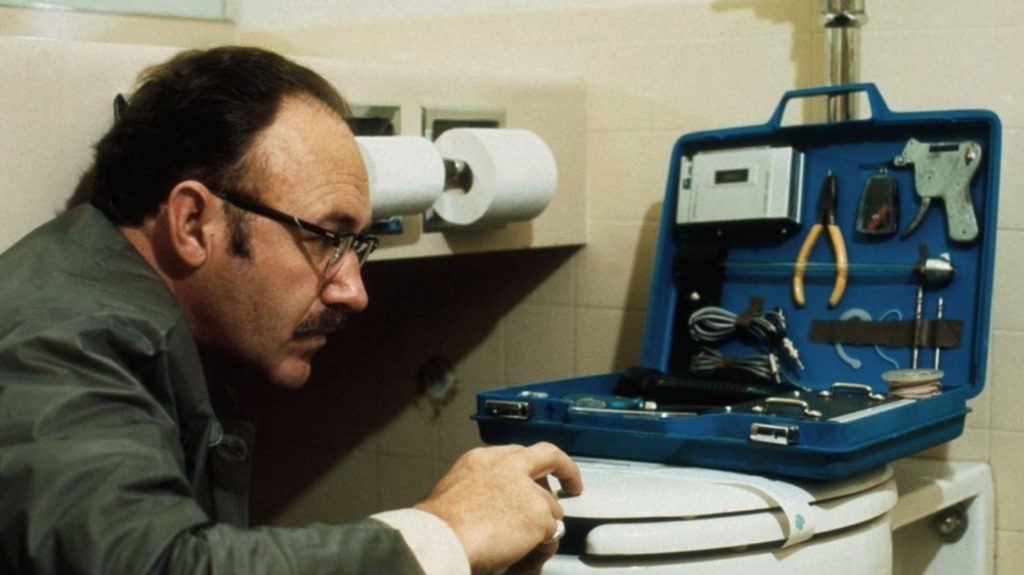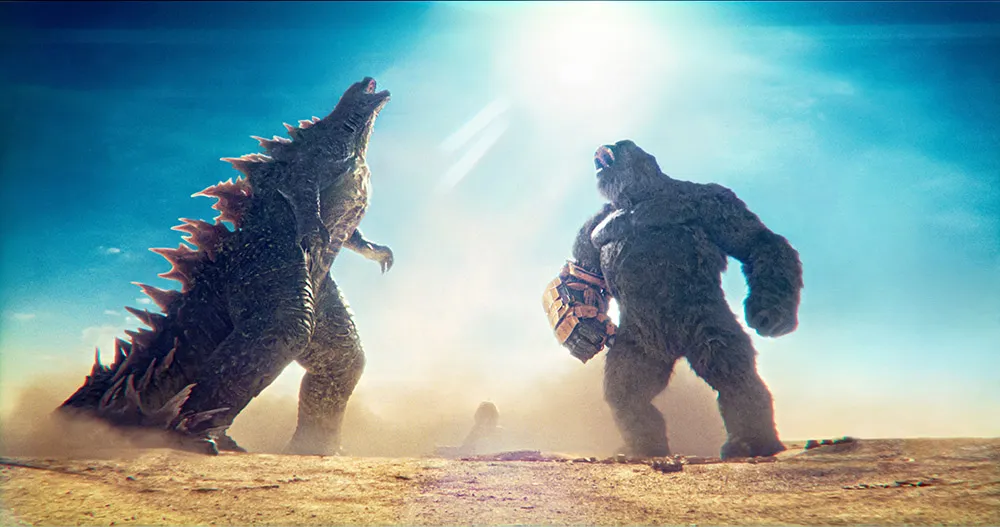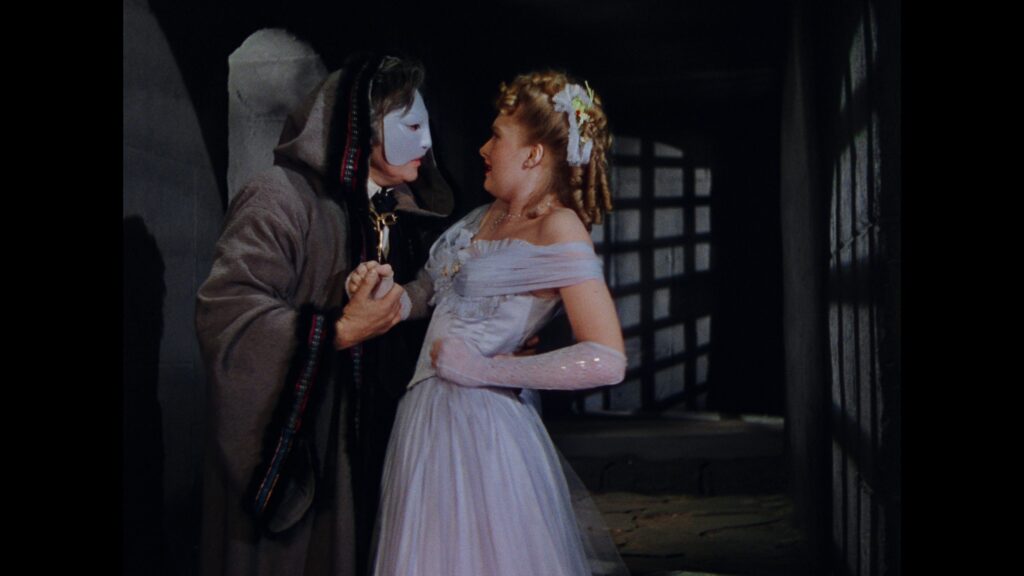“The Mummy’s Tomb” (1942): A Journey Through Time and Terror – Film Review

In the pantheon of Universal’s classic monster movies, “The Mummy’s Tomb” (1942) stands as a peculiar yet fascinating relic. Directed by Harold Young, this sequel to “The Mummy’s Hand” (1940) propels the terrifying tale of Kharis, the mummy (played by Lon Chaney Jr.), into the American landscape, marking a departure from the Egyptian exoticism that characterized its predecessors. This transition not only redefined the mummy’s lore but also mirrored the evolving nature of horror cinema in the early 1940s.
Narrative Threads and Character Weavings
“The Mummy’s Tomb” picks up the story thirty years after the events of “The Mummy’s Hand,” transporting the curse of Kharis to the unsuspecting town of Mapleton, Massachusetts. The plot, while straightforward, is imbued with a sense of inevitability and doom that grips the viewer. The decision to move the narrative to America is emblematic of a broader trend in horror cinema during this era, where familiar settings began to replace the mysterious and foreign locales of earlier films, bringing the horror closer to home for the audience.
Lon Chaney Jr.’s portrayal of Kharis is both menacing and pitiable, a testament to his skills as an actor well-versed in the language of horror. The performance, however, is not without its constraints, largely due to the mummy’s limited mobility and expression under layers of makeup and bandages. This portrayal starkly contrasts with the more dynamic roles Chaney embraced in other Universal monster classics, yet it remains an iconic example of his versatility and commitment to the craft.
Behind the Scenes: Crafting the Curse
The production of “The Mummy’s Tomb” offers a glimpse into the world of early 1940s filmmaking, where budget constraints and the pressures of wartime America influenced creative decisions. The film’s runtime, a brisk 60 minutes, and the reuse of footage from “The Mummy’s Hand” were practical solutions to these constraints, showcasing the ingenuity of filmmakers in maximizing resources. The special effects, though modest by today’s standards, were effective in their time, creating an atmosphere of suspense and terror that resonated with contemporary audiences.
The makeup design for Kharis, overseen by the legendary Jack Pierce, is a highlight of the film. Pierce’s meticulous attention to detail and innovative use of materials brought the mummy to life, setting a standard for monster makeup that influenced generations of makeup artists. The laborious process of applying the makeup, which took hours to complete, speaks to the dedication of both Pierce and Chaney to their art.
Themes and Reflections
“The Mummy’s Tomb” explores themes of revenge, immortality, and the consequences of desecration, weaving these elements into the fabric of its narrative. The film’s portrayal of Kharis as both aggressor and victim complicates the traditional monster movie archetype, inviting viewers to ponder the complexities of character and motivation that lie beneath the surface of the horror genre.
The film also reflects contemporary anxieties about the past’s intrusion into the present, a theme that resonates with audiences even today. The mummy’s emergence in a small American town serves as a metaphor for the inescapability of history and the consequences of humanity’s transgressions, themes that are as relevant now as they were in 1942.
Legacy and Continuation
While “The Mummy’s Tomb” may not be the most critically acclaimed entry in Universal’s mummy saga, its impact on the genre and its contribution to the mummy’s legacy in popular culture are undeniable. The film’s blend of horror and drama, combined with strong performances and creative production choices, ensured its place in the annals of classic monster cinema.
In the years following its release, “The Mummy’s Tomb” has been celebrated, critiqued, and dissected by generations of fans and scholars. Its enduring appeal lies not just in its moments of terror, but in its ability to connect with the universal human fascination with the mysteries of life, death, and what lies beyond.
As we continue to unwrap the layers of “The Mummy’s Tomb,” we find a film that is both a product of its time and a timeless reminder of the power of storytelling to evoke fear, empathy, and reflection. It stands as a testament to the enduring allure of the monster movie genre and its ability to captivate and terrify audiences across the ages.




